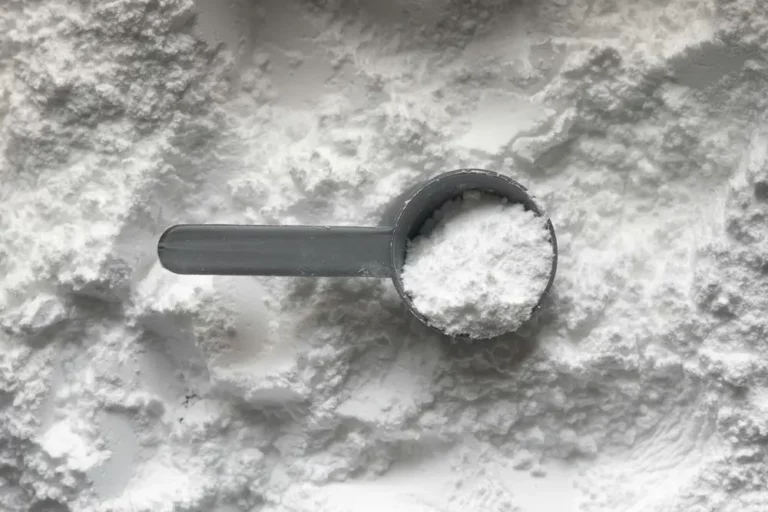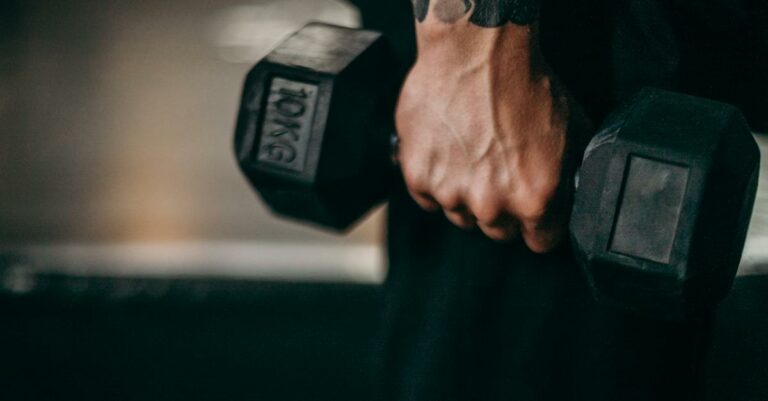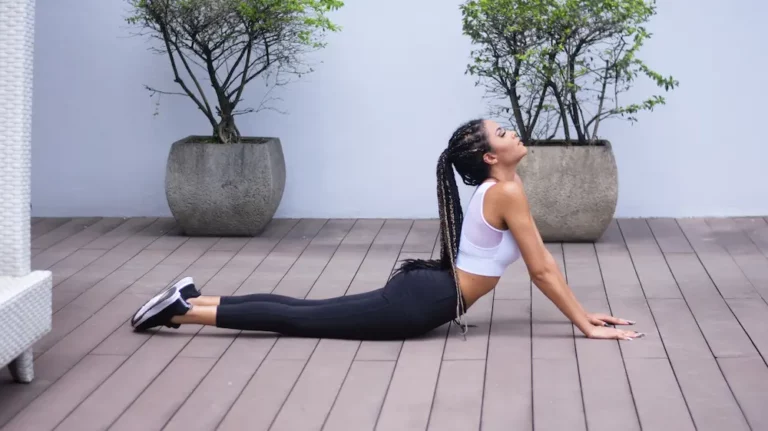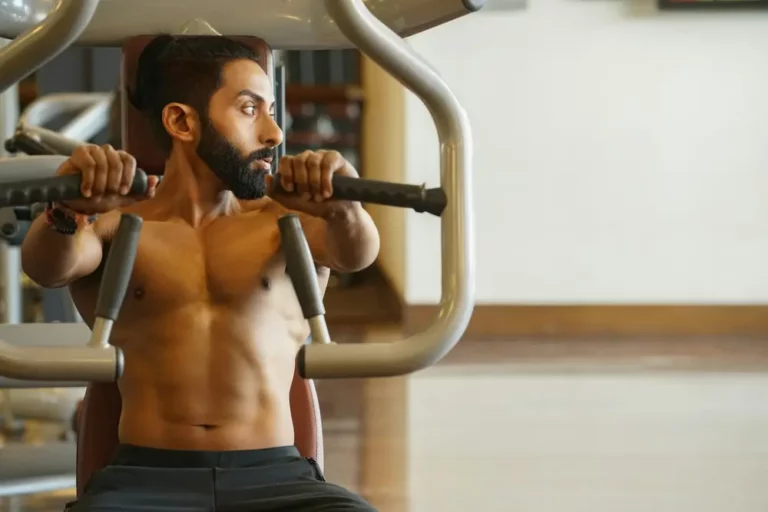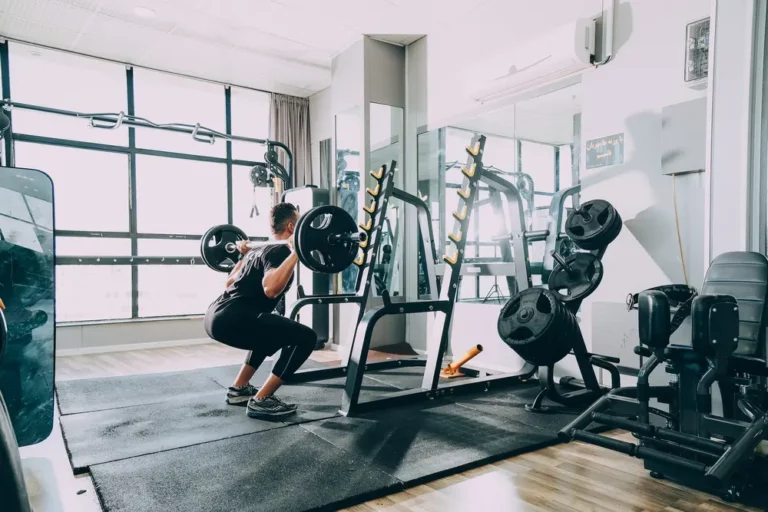Smooth Solutions: How to Erase Buttock Dents with Diet & Exercise
Discovering a dent in your buttocks can be a surprising experience. Whether it’s from an injury, long periods of sitting, or just a mystery, you’re probably looking for ways to smooth things out. Luckily, there are some tried and true methods that can help you get rid of that pesky dent, and I’m here to share them with you.
From using household items like a hairdryer or a plunger to more unconventional tools like a hammer or a file, there’s no shortage of techniques to try. I’ve explored several methods and found a few that really work. So, if you’re ready to say goodbye to that dent, keep reading. I’ve got some tips that might just do the trick.
Understanding the Causes of Butt Dents
When I first noticed an unflattering dent in my buttocks, I was puzzled and a bit frustrated. Like many others, I wondered where it came from and what I could do about it. To effectively tackle the problem, it’s crucial to understand the root causes of these dents. So, let’s dive into the main factors that contribute to this common issue.
Muscle Tone and Weak Gluteal Muscles
One of the primary reasons I discovered for the appearance of butt dents is the lack of muscle tone, specifically in the gluteal muscles. It turns out our gluteal muscles play a significant role in the shape and firmness of our buttocks. When these muscles are weak or not properly worked out, they can’t support the fat and skin above them as well, leading to the appearance of dents and cellulite. I found that incorporating exercises specifically targeted to strengthen these muscles can make a big difference.
Hormonal and Age Factors
Another aspect I had to consider was the impact of hormonal changes and aging on the texture and appearance of my skin, particularly around the butt area. As we age, our skin loses elasticity and becomes thinner, making any underlying fat more visible and pronounced. This can lead to the appearance of dimples and dents. Hormonal factors, such as estrogen levels, can also play a role in the distribution of fat and the occurrence of cellulite. Understanding this made me realize that combating butt dents isn’t just about physical efforts but also requires patience and acceptance of natural body changes.
Genetic and Lifestyle Factors
Lastly, I couldn’t ignore the influence of genetics and lifestyle choices on the presence of butt dents. It was somewhat comforting to know that, in many cases, these dents aren’t solely the result of something I did or didn’t do. Genetic predisposition can determine where and how our bodies store fat, making some of us more prone to cellulite and dents than others. Additionally, factors like diet, hydration levels, and overall physical activity directly impact the appearance of our skin and body fat. This knowledge encouraged me to take a holistic approach to not only focus on targeted exercises but also consider my nutrition, water intake, and general lifestyle habits.
Effective Exercises for Reducing Butt Dents
When I first noticed the appearance of dents in my buttocks, I set out to find a solution that didn’t involve any surgical procedures. After digging through a wealth of information, I cultivated a list of exercises that are not only effective in tackling those stubborn dents but also quite easy to integrate into a daily fitness routine.
Glute Strengthening Exercises
Strengthening the glutes is crucial for reducing the appearance of butt dents. Here’s my personal mantra: “Strong glutes, smoother contours.” I began focusing on exercises that specifically target all three muscles in the buttocks: the gluteus maximus, gluteus medius, and gluteus minimus.
- Squats: The bread and butter of glute exercises. Keeping my feet shoulder-width apart and my back straight, I lower my body as if sitting in an invisible chair, then rise back up. To keep things interesting, I mix in variations like sumo squats and goblet squats.
- Lunges: They’re fantastic for glute development and improving balance. I make sure to keep my upper body straight and step forward with one leg, lowering my hips until both knees are bent at about a 90-degree angle.
- Hip Thrusts: I’ve found hip thrusts particularly effective for targeting my gluteus maximus. Resting my upper back on a bench and placing a weighted barbell or resistance band over my hips, I drive through my heels to lift my hips upward, creating a straight line from my shoulders to my knees.
Specific Workouts
In addition to general glute strengthening, I discovered workouts that pinpoint the areas prone to dents. These exercises are now a non-negotiable part of my fitness protocol.
- Donkey Kicks: By getting on all fours and kicking one leg back and up while keeping my knee bent, I’ve seen significant improvement in the roundness of my buttocks.
- Fire Hydrants: These are similar to donkey kicks, but instead, I raise my leg to the side. This exercise does wonders for the gluteus medius and minimus, contributing to a smoother silhouette.
- Deadlifts: Incorporating both traditional and stiff-legged deadlifts has helped me enhance the lower part of my glutes and hamstrings, effectively reducing the visibility of dents.
By incorporating these exercises into my fitness routine, I’ve not only noticed a decrease in the appearance of butt dents but also an overall improvement in form and posture. It’s a journey of consistent effort, but the results are absolutely worth it.
Dietary Considerations
When I started tackling how to get rid of dents in my buttocks, I quickly realized that what I ate played a significant role. You might think that exercise alone would do the trick, but pairing your workouts with a thoughtful diet can truly amplify the results. So, let’s dive into how a Balanced Diet and the Importance of Hydration and Nutrient Intake can help smooth out those troublesome areas.
Balanced Diet
First things first, a balanced diet is crucial. This isn’t about cutting out all fats or carbs; it’s about finding a healthy equilibrium. I made sure my meals were rich in fruits, vegetables, lean proteins, and healthy fats. Whole foods are your best friends here. They’re packed with the nutrients your body needs to fuel the muscle-building and fat-burning processes.
For me, incorporating foods like salmon, avocados, and sweet potatoes into my diet made a noticeable difference. Not only did they provide me with sustained energy for my workouts, but they also contributed to healthier, more resilient skin. It’s fascinating how much of an impact diet can have on our body’s appearance and functionality.
Importance of Hydration and Nutrient Intake
Hydration was another game-changer for me. Drinking plenty of water is essential for flushing toxins out of your body and maintaining healthy skin elasticity, which can, in turn, help minimize the appearance of any dents. I aimed for at least 8 glasses of water a day, and I noticed that it helped reduce bloating and improve my overall complexion.
Moreover, specific nutrients such as Vitamin C, Zinc, and Omega-3 fatty acids play pivotal roles in skin health and repair. I found that supplementing my diet with these nutrients, alongside maintaining a balanced diet, enhanced my skin’s ability to recover and maintain firmness. Foods high in Vitamin C, like oranges and strawberries, or rich in Omega-3, like walnuts and flaxseeds, became staples in my kitchen.
Emphasizing hydration and nutrient intake doesn’t just support your journey to a smoother backside; it also boosts your overall health. These dietary adjustments complemented my exercise routine perfectly and led to improvements that went beyond just aesthetic changes.
Improving Skin Health and Elasticity
Hydration and Moisturization
When it comes to smoothing out those pesky dents in the buttocks, a crucial step is ensuring my skin is as healthy and elastic as possible. One of the easiest yet most overlooked methods to achieve this is through adequate hydration. Drinking at least 8 glasses of water daily has been my go-to strategy. It’s not just about flushing out toxins; it’s about keeping the skin plump and resilient. This, in turn, can help lessen the appearance of dents and dimples.
But hydration doesn’t stop at drinking water. Moisturizing the skin plays a significant role too. I make it a point to apply a high-quality moisturizer daily, focusing on areas that are prone to dents. Products containing hyaluronic acid and ceramides are my favorites as they tend to lock in moisture and reinforce the skin’s barrier, promoting an overall smoother appearance.
Collagen-Boosting Foods and Supplements
Another facet of improving skin health revolves around collagen production. Collagen is the scaffolding of the skin, providing it with structure and elasticity. As I’ve learned, incorporating collagen-boosting foods into my diet is a game-changer. Foods rich in Vitamin C, such as oranges, strawberries, and bell peppers, along with sources of Vitamin A like carrots and sweet potatoes, really help in promoting collagen synthesis.
Moreover, considering collagen supplements can offer additional benefits. Studies suggest that regular intake of hydrolyzed collagen can improve skin elasticity and reduce wrinkles. While I’m focused on reducing buttock dents, it’s a welcome bonus to have firmer, more youthful skin as a result of these dietary adjustments.
Cosmetic and Non-Invasive Procedures
In the journey of eliminating those pesky butt dents, I’ve explored a variety of methods. Let’s dive into some cosmetic and non-invasive procedures that offer promising results without requiring extensive recovery time.
Use of Firming Creams and Topical Treatments
I started my search with something simple yet effective: firming creams and topical treatments. These products are infused with ingredients like caffeine, retinol, and hyaluronic acid, known for their skin-tightening and smoothing properties. I made it a habit to apply these creams daily, focusing on circular motions to enhance absorption and blood flow. It’s important to note that while these creams can improve skin texture, they’re more of a supplementary aid in our quest for a smoother buttock.
Advanced Options: RF and Ultrasound Therapy
As I dove deeper into my research, Radio Frequency (RF) and Ultrasound Therapy caught my eye. These non-invasive treatments are fascinating because they use energy waves to heat the deeper layers of the skin. This process encourages collagen production and helps break down fat cells, leading to firmer, more toned skin. Here’s a brief overview of what I discovered:
| Treatment Type | Description |
|---|---|
| Radio Frequency (RF) | Uses RF energy to heat skin, stimulating collagen production |
| Ultrasound Therapy | Applies sound waves to target and reduce fat cells |
These treatments are typically performed by licensed professionals and may require multiple sessions for best results. I was particularly impressed by how these methods can target stubborn fat and improve skin elasticity without downtime.
Surgical Alternatives: Liposuction and Fat Transfer
Lastly, for those considering a more direct approach to reshaping their buttocks, surgical alternatives like Liposuction and Fat Transfer can be effective. Liposuction involves removing excess fat from specific areas, which can significantly reduce indentations. In some cases, the extracted fat can then be purified and reinjected into the buttocks to enhance its shape – a process known as fat transfer or the Brazilian Butt Lift. I spoke with a few cosmetic surgeons to understand the procedures and recovery involved. They emphasized the importance of setting realistic expectations and choosing a board-certified surgeon for safe and satisfying results.
Embarking on this exploration of cosmetic and non-invasive procedures has broadened my understanding of the options available to address butt dents.
Long-Term Strategies and Maintenance
In our journey to tackle and ultimately eliminate dents in the buttocks, it’s essential not only to focus on immediate solutions but also to deploy long-term strategies that ensure maintenance and prevent recurrence. Let’s dive into two pivotal areas: consistency in exercise and diet and the role of regular skincare and check-ups.
Consistency in Exercise and Diet
We’ve already discussed some effective exercises and dietary changes that can help smooth out those unsightly dents. But the key to long-lasting results lies in consistency. I can’t stress enough how important it is to incorporate these exercises into your weekly routine. Targeting the glutes, hamstrings, and quadriceps with squats and lunges not only helps reduce the appearance of butt dents but also strengthens and firms the area for a more toned look. Aiming for at least three sessions a week is a good start.
When it comes to diet, patience and persistence are your best friends. Integrating foods rich in omega-3s, antioxidants, and lean proteins into my daily meals has not only supported my muscle growth but has also helped in reducing overall body fat, including those hard-to-target areas around the buttocks. Remember, drastic diets or irregular exercise regimens won’t do the trick. It’s about making small, sustainable changes that add up over time.
Regular Skincare and Check-Ups
Another aspect of maintaining smooth, dent-free buttocks is skincare. Regular exfoliation helps in removing dead skin cells and improves blood circulation to the area, which can aid in the rejuvenation process. Moisturizing is equally crucial; it keeps the skin supple and more resilient against issues that could accentuate dents or dimples. Don’t overlook the importance of sunscreen either, especially if you’re someone who enjoys wearing shorter styles during warmer months.
Moreover, scheduling regular check-ups with a dermatologist or aesthetician can provide personalized advice and professional treatments that may further enhance the appearance of your buttocks. These experts can suggest specific creams, massages, or even non-invasive procedures that support skin health and elasticity. I’ve found that even something as simple as discussing my skincare concerns has led to valuable insights and improvements in my overall skin condition.
Conclusion
I’ve shared some tried and true strategies for smoothing out those pesky butt dents. Remember, it’s all about consistency and a holistic approach. From hitting the gym to focusing on nutrition and not forgetting the importance of skincare, every step is a move toward your goal. And let’s not overlook the value of professional advice to tailor your plan perfectly. So here’s to putting in the effort and seeing those dents fade away. Trust me, your dedication will pay off, and you’ll love the results. Keep at it!
FAQ – Frequently Asked Questions
Are there specific exercises to target a buttocks dent?
While you can’t spot-reduce fat, you can tone and build muscle in specific areas. Exercises that target the glutes, such as hip thrusts, donkey kicks, and deadlifts, can help improve the appearance of dents.
What role does posture play in the appearance of the buttocks?
Poor posture can affect the appearance of your buttocks and can even create the illusion of a dent. Working on overall posture can sometimes help in improving this appearance.


